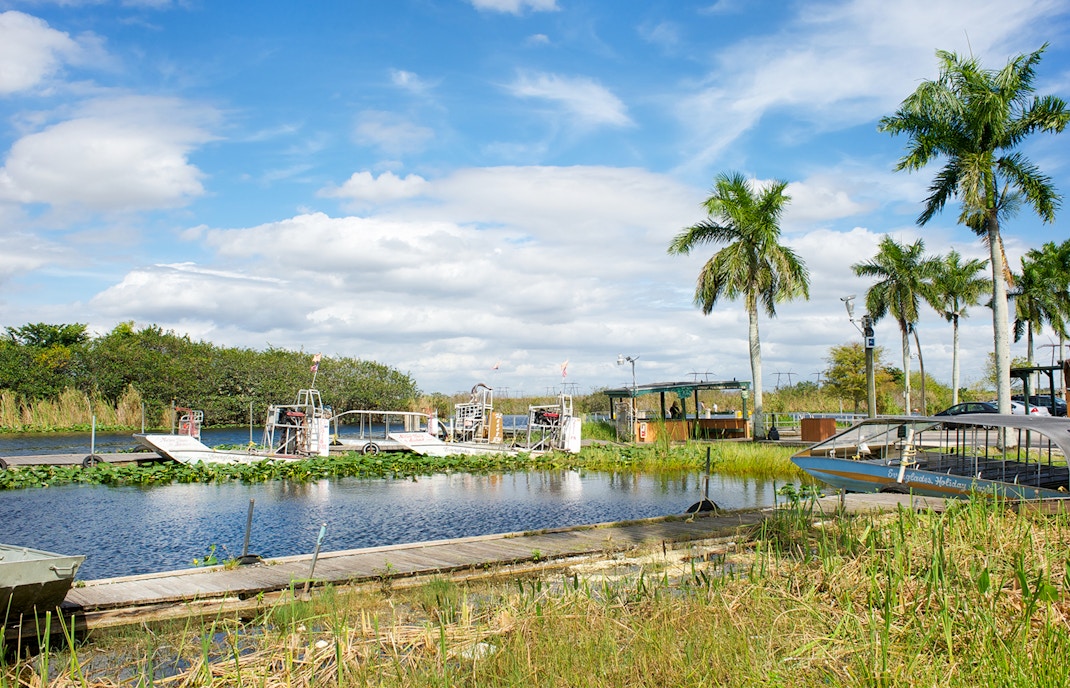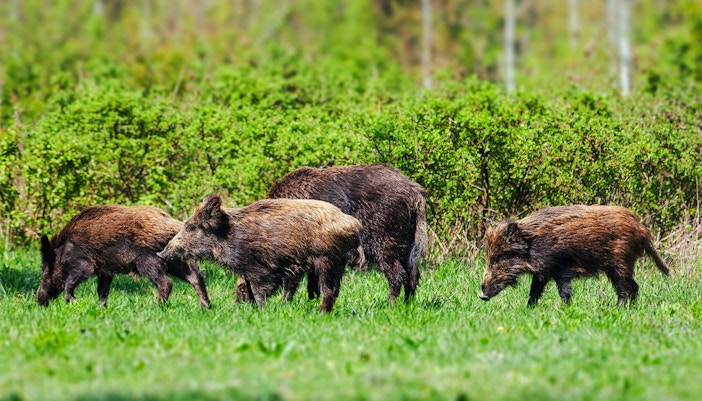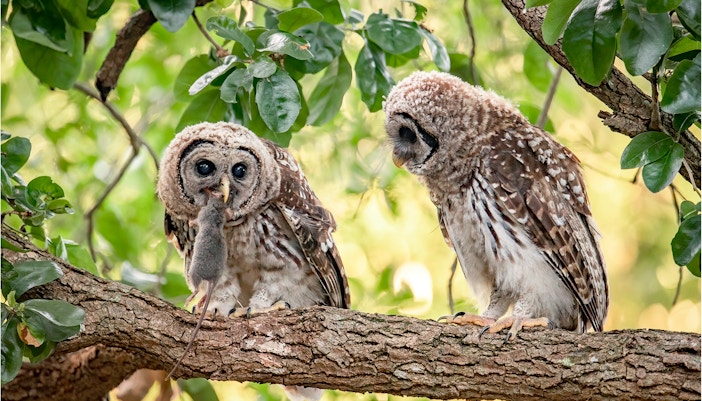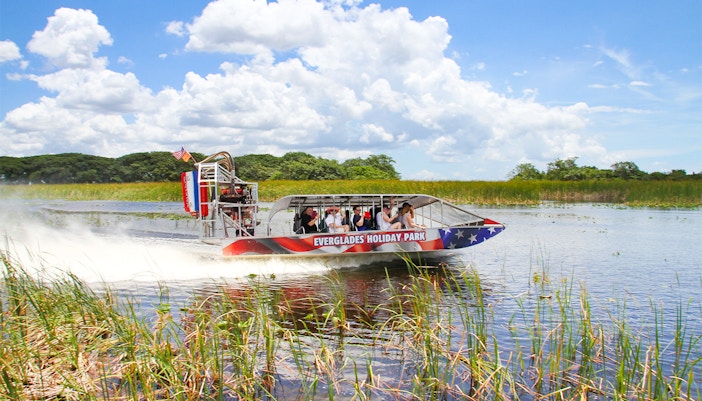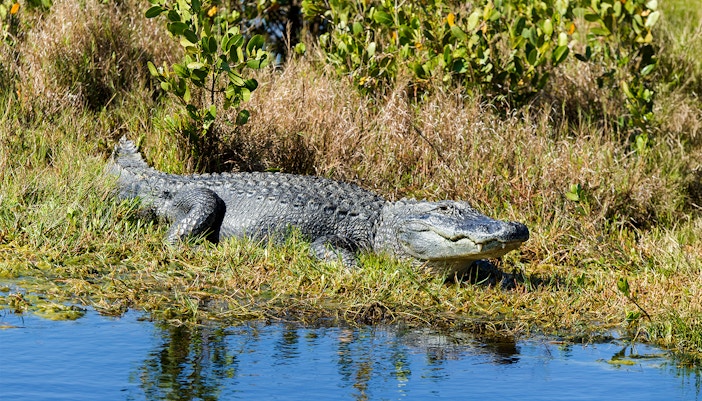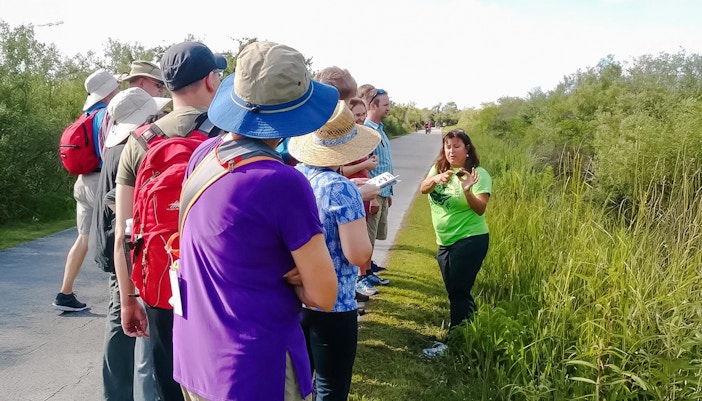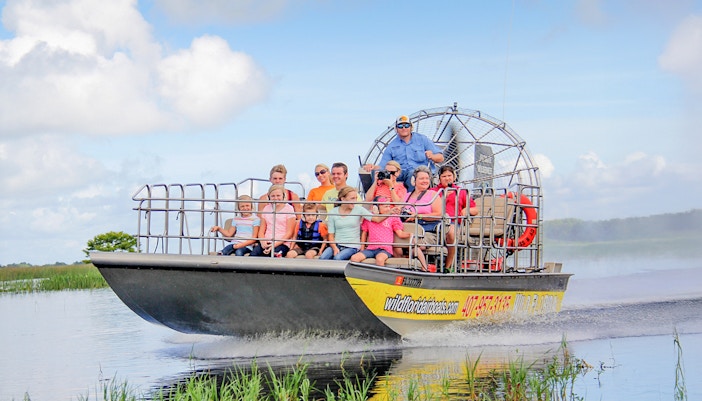Long before modern boundaries, the Everglades region was home to Indigenous peoples like the Calusa, Tequesta, and later the Seminole. These cultures adapted to the wetland environment, traveling by dugout canoe, harvesting fish and shellfish, and constructing shell mounds that still exist today. Their deep connection to the water defined their way of life.
The story of the Everglades
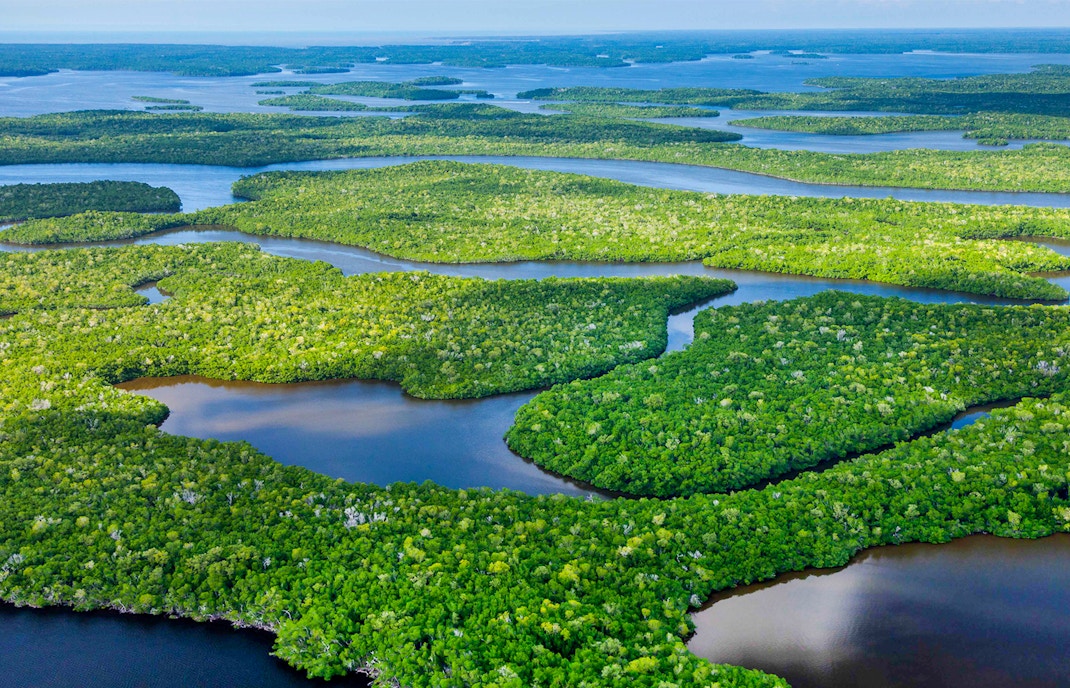
Ancient origins
